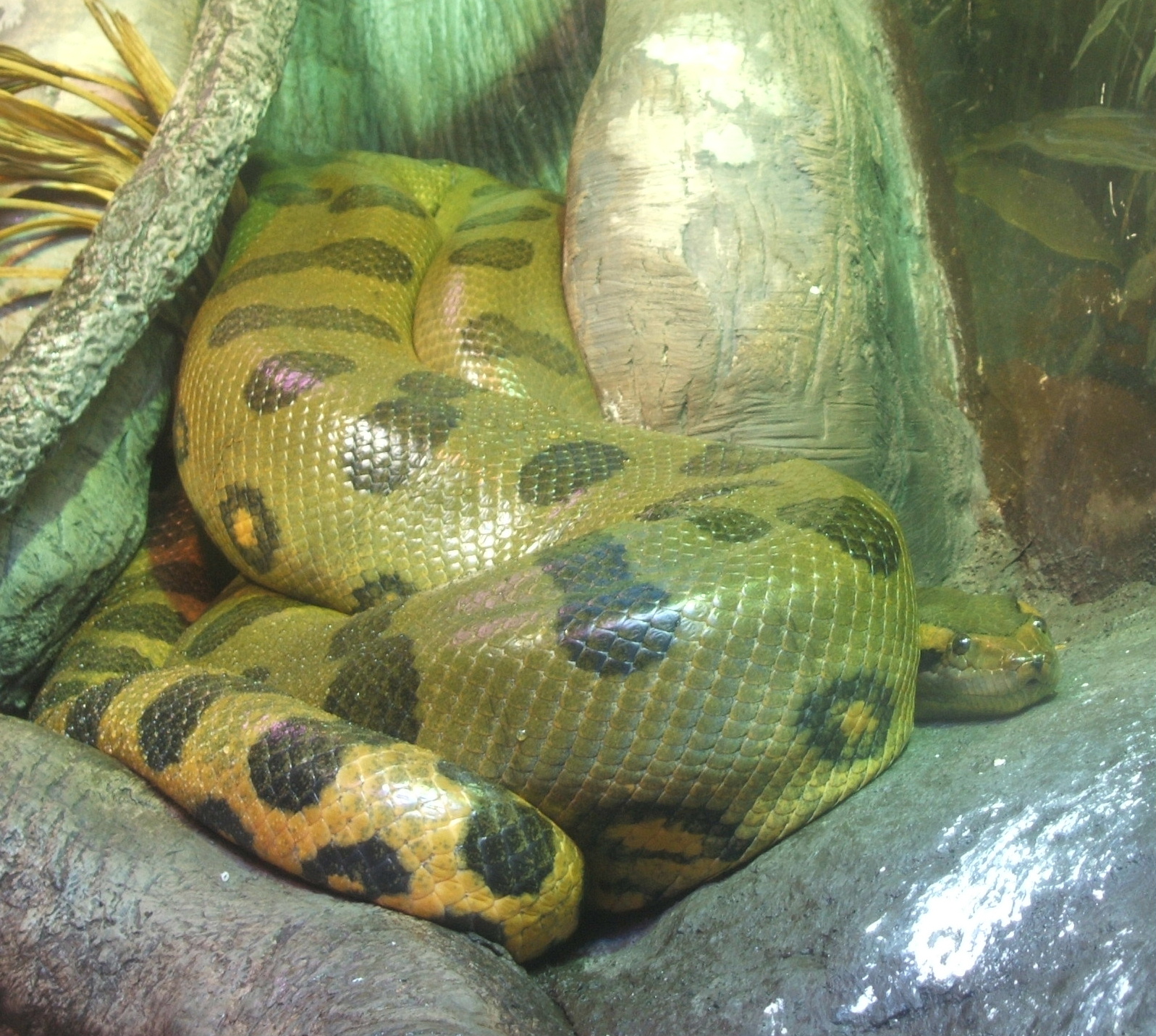For years, the thought was that bacterial antibiotic resistance was caused by the misuse of antibiotics. Though this has been proven true, recent research has shown that everything from proper use to the lack of use of antibiotics can crete antibiotic resistance.
Low-level resistance preceeds high-level resistance. Should one bacterium grow slightly resistant to an antibiotic, that bacterium can still be overwhelmed with a slightly stronger or larger dosage of the antibiotic. It is when this bacteria is not eradicated that problems arise. This bacterium can, over a shockingly short period of time, acquire even stronger immunities to antibiotics, and even become resistant to multiple types. Through Darwin's 'survival of the fittest', this one bacterium lives to proliferate indefinitly, breeding thousands, millions of resistant clones that grow even stronger.
Through the proper use of antibiotics, it allows the stronger bacteria to proliferate more readily, supplying more space and eliminating opponents. Through not using antibiotics at all, plasmids are transfered among bacteria without being killed in their hosts. In this way, bacterial antibiotic resistance can spread, even in enviroments that are using antibiotics properly or not using them at all.
-
bexchada










